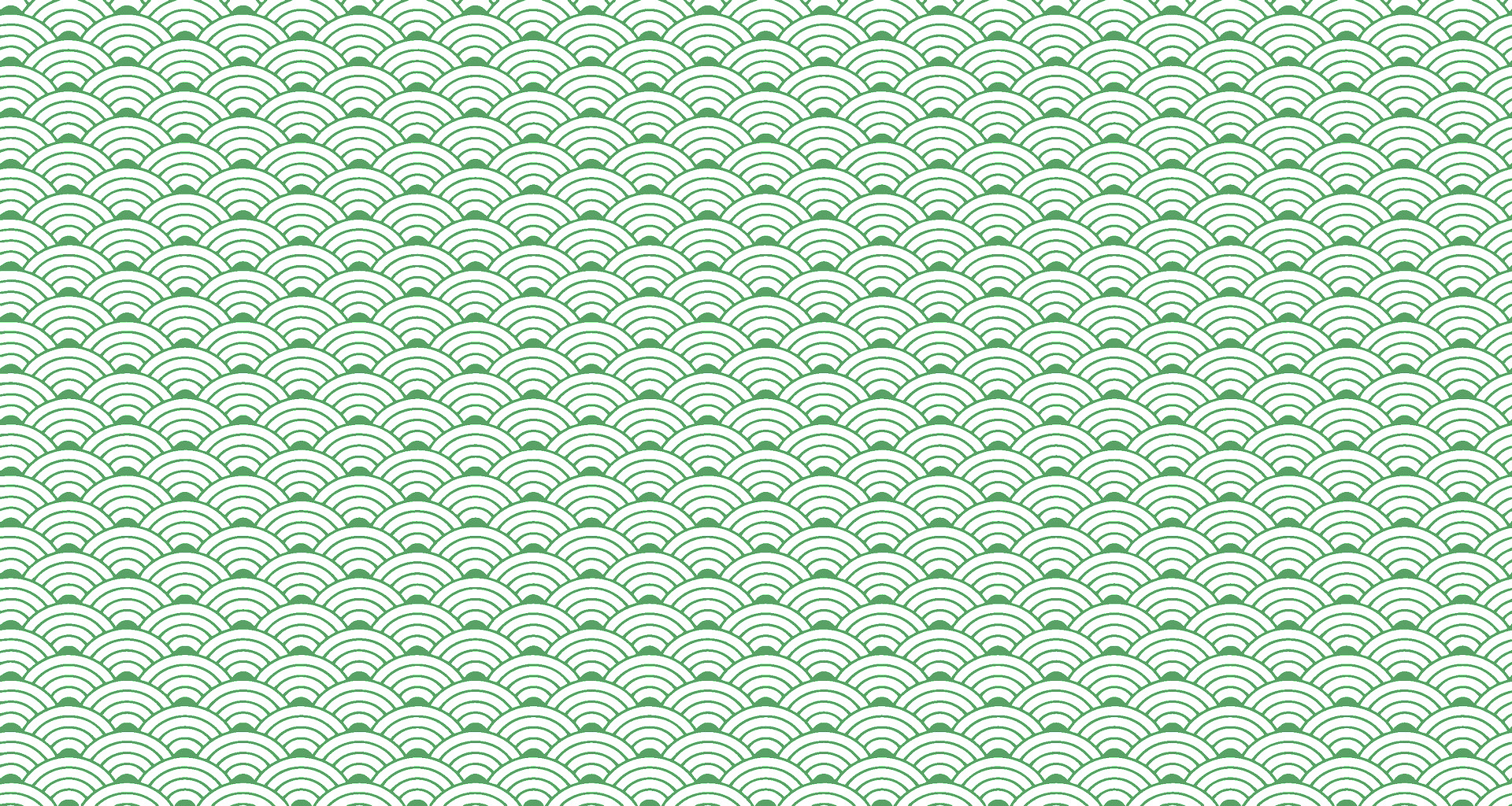Traditional Kokeshi
Tradition in wood: the world of Dento Kokeshi
What are traditional Kokeshi?
Traditional Kokeshi (in Japanese: 伝統こけし – Dento Kokeshi) are handcrafted wooden dolls originating from northern Japan, particularly the Tōhoku region. They emerged in the early 19th century, when woodworkers (kijiya) in hot spring villages (onsen) began making simple toys and souvenirs for visitors.
They follow strict regional styles, each with distinct features in shape, colour, facial expression, and motifs. Unlike their creative counterparts (Sōsaku Kokeshi), traditional Kokeshi are not open to free interpretation: they are the legacy of a craft passed down through generations, deeply rooted in specific villages and family lineages.
Key characteristics of traditional Kokeshi
Made from local wood, often dogwood (mizuki), cherry (sakura), or chestnut.
Turned on a lathe, sometimes producing a signature sound (like the "squeak" of the Naruko style).
No arms or legs, but a clear distinction between head and body.
Hand-painted with motifs such as cherry blossoms, chrysanthemums, lines, dots, or kimono details.
Stylistic consistency within each region, recognisable to connoisseurs.
The 11 recognised styles
There are officially 11 traditional Kokeshi styles, each from a specific region in Tōhoku.
Here's an overview of the most common ones:
Naruko (鳴子) – Miyagi Prefecture
Known for the squeaking sound when the head is turned.
Motifs: chrysanthemums, maple leaves.
Large eyes, red lines in the hair.Tōgatta (遠刈田) – Miyagi
Slender body, straight shoulders.
Clear neck line.
Often decorated with red and green flowers on the torso.Yajirō (弥治郎) – Miyagi
Bright colours: yellow, red, purple.
Detailed faces with raised eyebrows.
Playful or geometric patterns.Kijiyama (木地山) – Akita
Shorter and sturdier shape.
Carved decorations instead of painted patterns.
Serene face, muted tones.Tsugaru (津軽) – Aomori
Often decorated with lacquer-style painting.
Sometimes mistaken for creative Kokeshi.
Thicker neck, shorter form.Sakunami (作並) – Miyagi
Elongated face, finely drawn eyes.
Slim torso.
Subtle decoration with flowers or leaves.Hijiori (肘折) – Yamagata
Rarer, often with distinctive "cat's eye" pupils.
Yellow-toned wood, minimal decoration.Zaō Takayu (蔵王高湯) – Yamagata
Large heads and short bodies.
Emphasis on facial expression.Nanbu (南部) – Iwate
Regional and rare.
Usually simply decorated.Tsuchiyu (土湯) – Fukushima
Rounded hairstyle with red flower patterns.
The head can be gently turned.Yamagata (山形) – Yamagata
Sometimes seen as a sub-style.
Larger eyes and a thicker body.
Technique and tradition
Creating a traditional Kokeshi begins with drying the wood, which can take several years. Once ready, the wood is mounted on a lathe and shaped. The decoration is painted by hand, often with just a few brushstrokes — requiring precision and confidence.
The artisans (kokeshi-shi) rarely use templates. Their skill lies in painting intuitive, repetitive patterns, with subtle variations that form their personal signature.
The result: every Kokeshi is unique, despite strict stylistic rules.
A living heritage
The making of traditional Kokeshi continues to this day, often by families who have been crafting dolls for four or five generations. Some artists have received official recognition as "Living Cultural Treasures."
Annual exhibitions and competitions in Japan, such as the All-Japan Kokeshi Competition in Shiroishi, celebrate the best pieces.
For collectors, traditional Kokeshi are especially valuable for their authenticity, historical significance, and recognisable style.

